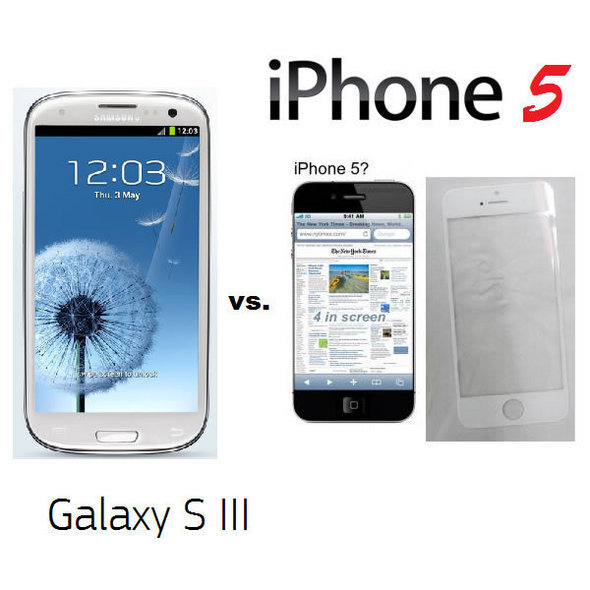The closing arguments were recently made in the Apple vs. Samsung trial in San Jose, California. Judge Lucy Koh spent a full two hours reading aloud the list of instructions on how the jury should decide the trial’s separate issues before the case was sent to the jury.
The seven men and two women part of the jury will have to fill out a 70-page form dealing with the issues in the case. “This is the kind of case that shouldn’t go to a jury,” said Ted Smith, a coordinator for the International Campaign for Responsible Technology, asserting it should be decided by a panel of judges well-versed in patent law.
Many believe that Apple wanted this jury trial in the hopes of winning a big verdict from a populace familiar with and likely friendly to Apple products. Apple lawyers asserted in their closing arguments that Samsung suffered from the iPhone’s competition and sought to duplicate the iPhone’s features in its Galaxy line and benefited from that.
“Steve Jobs started the iPhone development project in 2003,” said Apple counsel Harold McElhinny of Morrison Foerster. “I was floored when I heard (Samsung designer) Jeeyuen Wang say they did it in three months. That represented four years of investment and R&D.”
Samsung has sold 22.7 million phones and tablets during the period in which Apple charges it with infringement, since June 2010 and are seeking $2.75 billion. “The job we’re asking you to do is decide how much of that $8.16 billion we should receive,” said McElhinny.

The system of protecting technical inventions by obtaining patents, a cornerstone of American technical companies, is at stake asserts Apple attorney Bill Lee of Wilmer Hale. “You’re going to have to decide who is playing by the rules and who isn’t … If you render a judgment for Apple, you will be endorsing the American patent system,” Lee said.
Charles Verhoeven, partner from Quinn Emanuel, made the case from Samsung that it had many case designs and that Apple’s tie-in to the Galaxy series wasn’t as simple as they asserted. He even looked at design similarities and purported patent implications. “You’re not telling me Apple owns colorful icons and the right to arrange them in rows and columns,” he asserted.
He also noted some design differences between Galaxy models versus the iPhone. The iPhone has a flat face while the Galaxy a ridge around the edge of the screen where a metal bezel overlays the glass and protects it from being scratched if it’s laid down
As true as these assertions may be, patent law only asks that “the ordinary observer” find “substantial similarity” in the ornamental design of an object. Judge Koh instructed the jury explicitly in calling for them to ignore other factors and concentrate on the impression of the overall design.
Verhoeven cited differences in the home screen as well, and pushed back that anyone might look to buy an iPhone but pick up a Samsung product by mistake… all of which might mean little in the final verdict dealing with patent law. “All the arguments about booting up and moving through those screens are irrelevant,” McElhinny warned the jury during his turn, citing the judge’s instructions.
Verhoeven asserted in conclusion that the Apple suit against Samsung in the end isn’t about a patented design. “The real reason Apple brought this case, rather than competing in the marketplace, is because it’s seeking to block its biggest competitor … It wants to keep its most serious competitor from even attending the game,” he said.
He continued, making an assertion that many televisions are similar from the outside, but aren’t violating each other’s patents. “Form follows function … Many smartphones today look like the iPhone. Are they all copyists Yet Apple wants to $2 billion for the infringement of ornamentation, its design patents,” he said. “Is anyone really deceived by the Samsung design Apple has no credible evidence of it.”
Nick Tran, a former software developer for eBay, said that both sides made good arguments. “But Apple has the more cohesive narrative,” he said.
The case is now in the hands of the jury, which has begun its deliberations.
Source: InformationWeek.com

